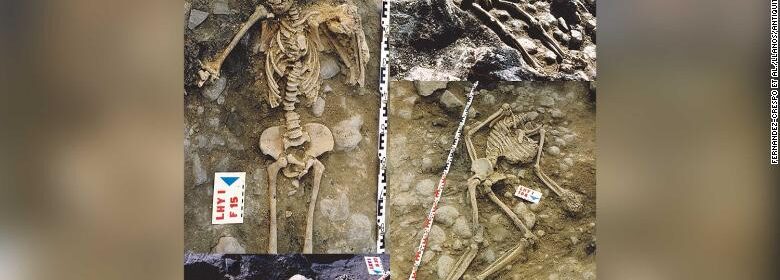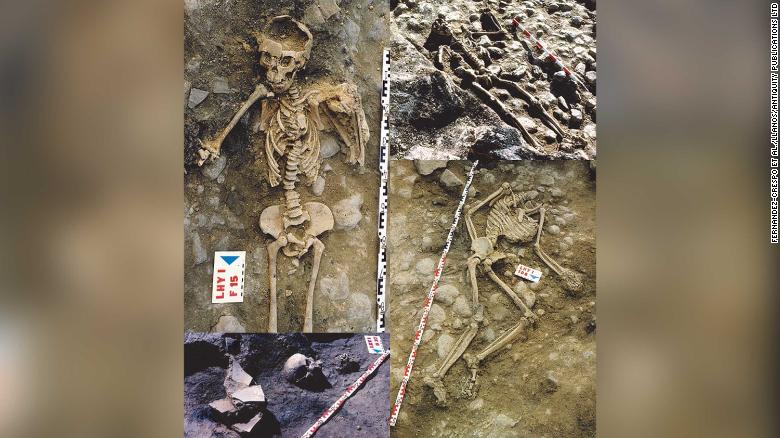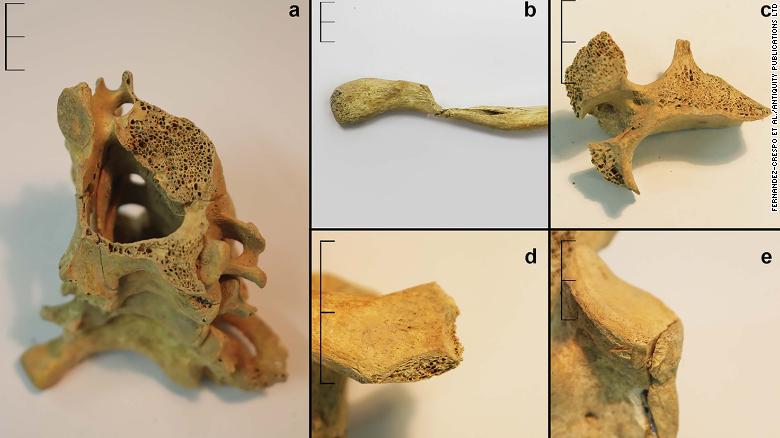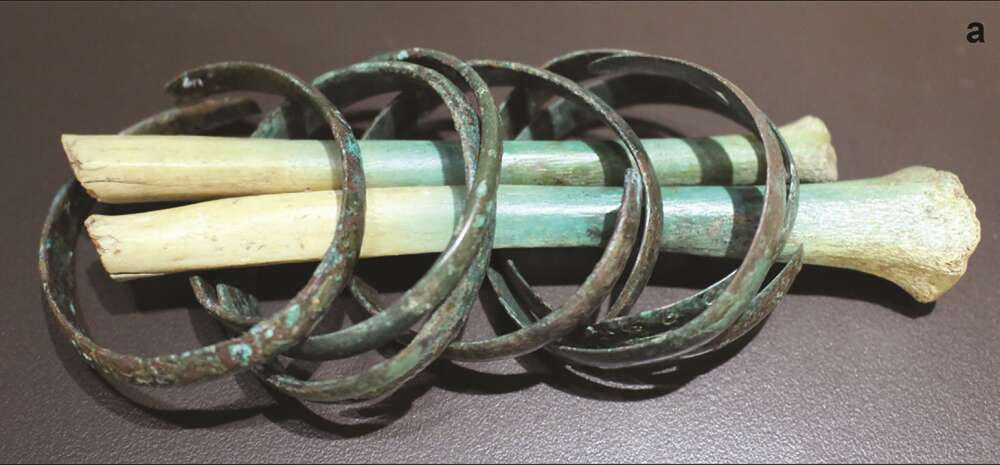Archaeologists discover Iron Age massacre, frozen in time

Archaeologists discover Iron Age massacre, frozen in time
The devastation of a massive Iron Age settlement discovered in Spain tells a story 2,300 years ago of violence and mystery.
Archaeologists have found evidence the town of La Hoya was subjected to a violent attack that left victims dead in the streets and the town on fire, a massacre they claim has remained “frozen in time”.

In what is now the Basque Country in northern Spain, the massive prehistoric town of La Hoya was discovered in 1935 and first excavated in 1973, but it is grudgingly giving up its secrets, with only about 15 per cent believed to be uncovered.
Founded in the Bronze Age in the 15th century BCE, it was occupied until the Iron Age, when evidence that the town came under attack sometime between 350 and 200 BCE becomes strikingly clear.
Fossilized scenes of devastation and death have offered an extraordinary snapshot into Iron Age Iberia and provided rare evidence of large-scale, organized warfare in prehistoric European populations.

In a new study published in Antiquity, a team led by Dr Fernández-Crespo from the University of Oxford set out to unveil more about this massacre, analyzing the remains of 13 victims to uncover the violent modes of death and who may be to blame.
The remains excavated so far include men, women, adolescents, a toddler, and one 6-month-old infant, with varying traumas, including decapitations, amputations, and other sharp-force injuries. Many of the bodies were found either in the streets or on household floors. Some of the skeletons show traces of being left in burning buildings.
Because the attack appeared to indiscriminately affect a wide cross-section of the community, rather than just the adult and adolescent males that would have been involved in warfare at the time, the researchers say this fits the description of a massacre. Defensive wounds are few and many of the injuries appear to have been inflicted from behind.

The identity of the attackers and motivation remains unclear, but “the archaeological and osteological data support the hypothesis of a surprise attack, resulting in the indiscriminate and brutal killing of helpless or unresisting people, including adult males and females, as well as children,” the authors write in the study.
The evidence suggests the aggressors attacked at close range and breached the settlement’s walls. Tools, animals, cereal grains, and metal adornments were destroyed and then apparently abandoned, suggesting the intention wasn’t simply to pillage.
Weathering to the bones and the scattering of some of the remains suggest the victims were never buried and were left where they fell. Combined with the fact some of the victims still wore jewelry and valuable items had not been recovered, this suggests any survivors left and didn’t come back, not even to perform funerary rites on the dead.
“From this, we can conclude that the aim of the attackers was the total destruction of La Hoya,” the researchers said in an emailed statement.
The researchers suspect La Hoya may be one of the only known Iron Age settlements in the region whose destruction may have been down to rival communities as it predates Roman occupation, which is more often blamed for the destruction of small communities.

Similarities between this massacre and other known ones in Iberia suggest societies at the time were capable of resorting to brutal violence to resolve conflict. However, until La Hoya gives up a few more of its secrets, we can only speculate as to what happened here over 2,000 years ago.